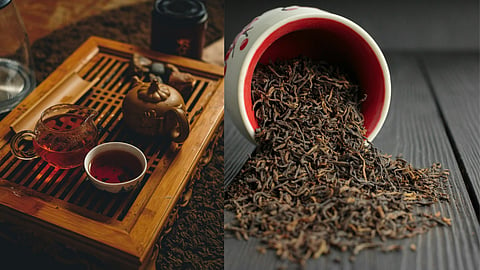Funding information
This work was supported by High Level Research Fund for Qualified People of Henan University of Technology (2021BS017), the Key Research and Development (R&D) Program of Anhui Province (18030701155), the National Key Research and Development Program of China (2018YFD1000601).
About Horticulture Research
Horticulture Research is an open access journal of Nanjing Agricultural University and ranked number one in the Horticulture category of the Journal Citation Reports ™ from Clarivate, 2022. The journal is committed to publishing original research articles, reviews, perspectives, comments, correspondence articles and letters to the editor related to all major horticultural plants and disciplines, including biotechnology, breeding, cellular and molecular biology, evolution, genetics, inter-species interactions, physiology, and the origination and domestication of crops.
(Newswise/AP)


